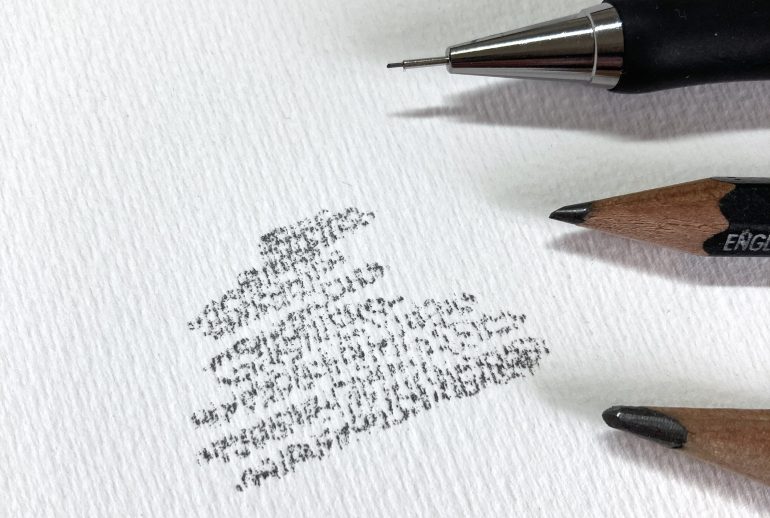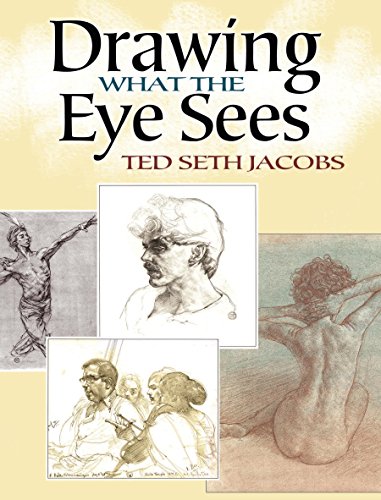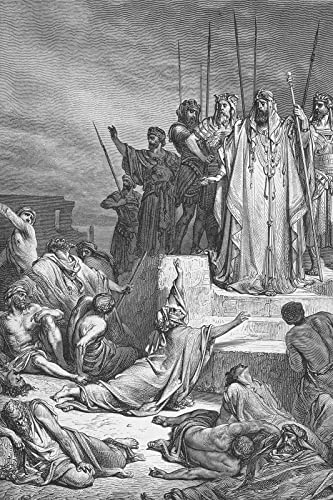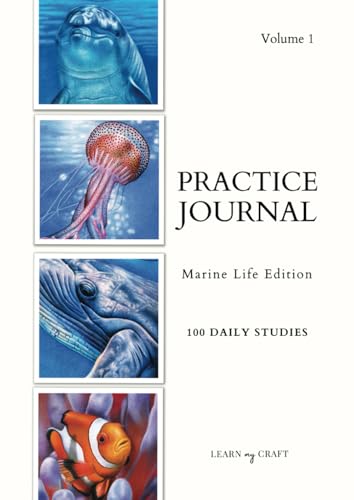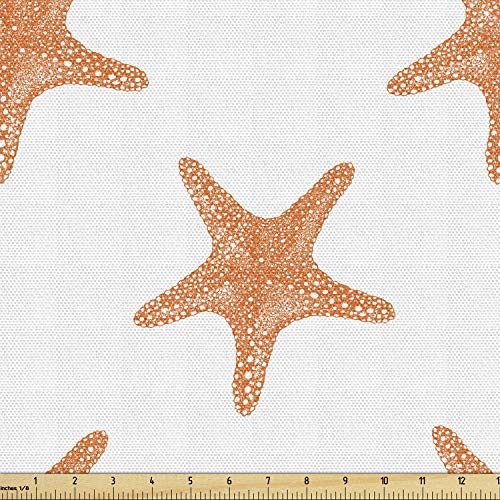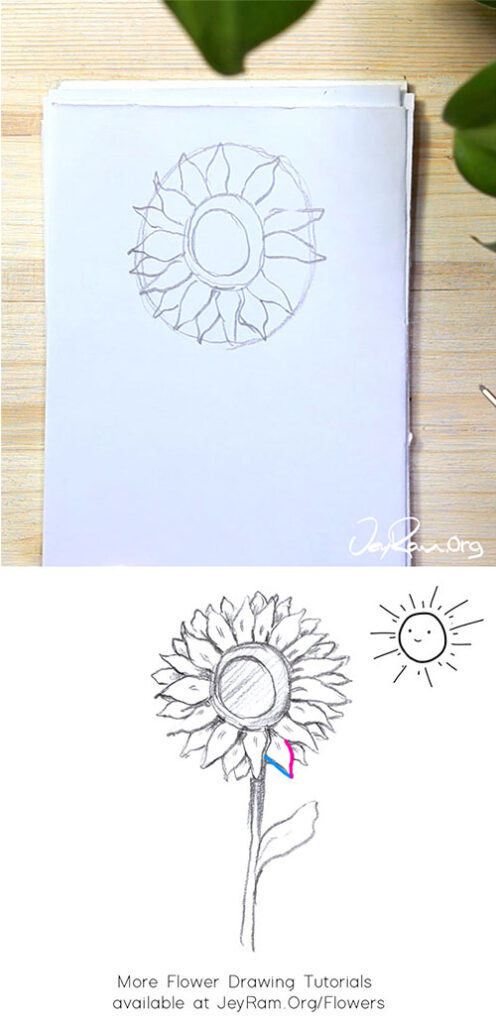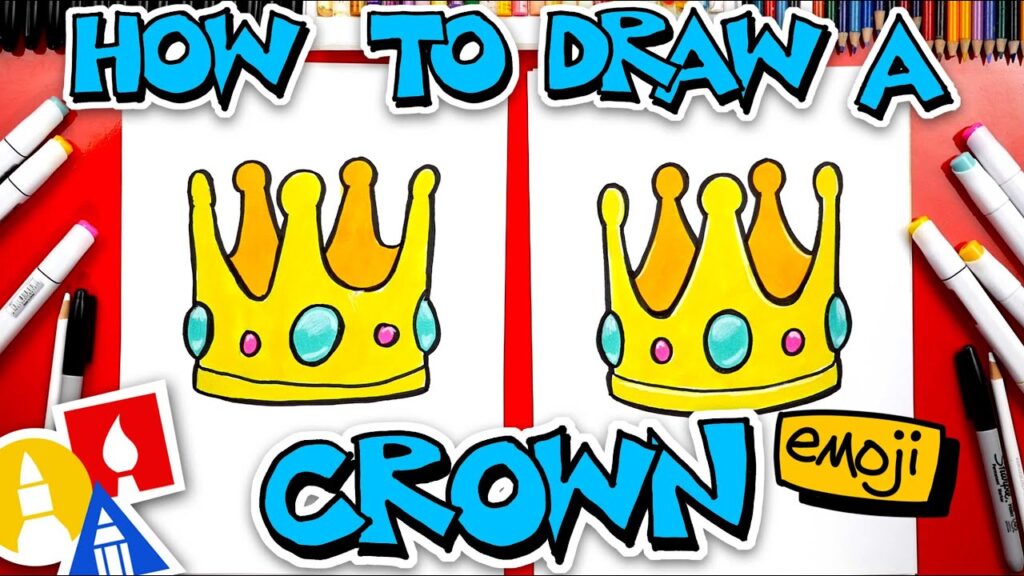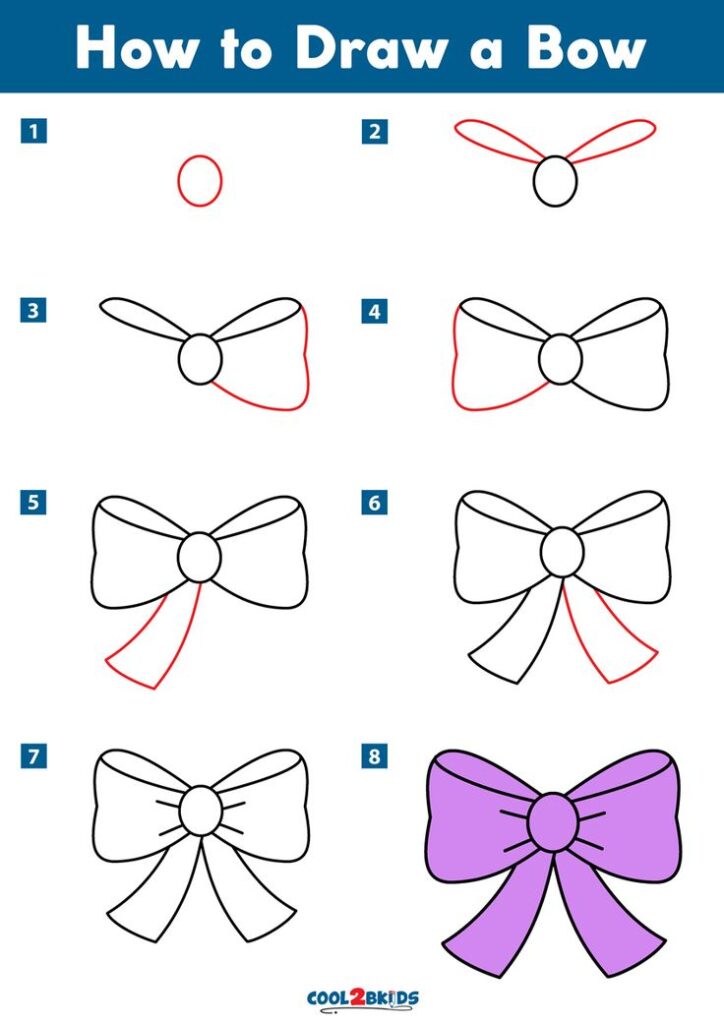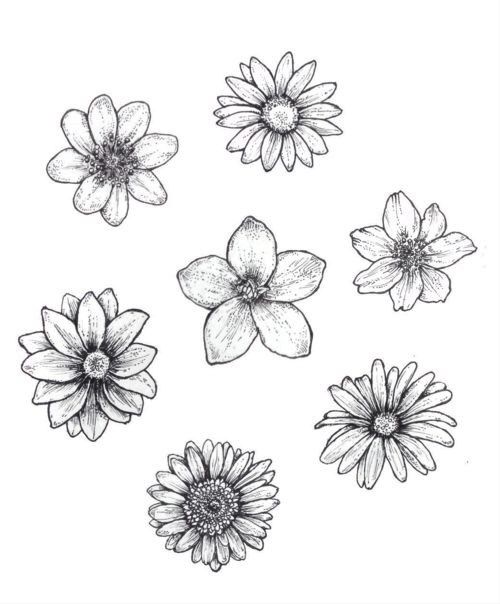Sketching brings ideas to life. Choosing the right drawing paper matters.
It enhances your artwork, making sketches vibrant and detailed. Picking the best paper involves understanding texture, weight, and quality. Each type affects your sketch’s appearance and feel. Artists often find themselves overwhelmed by the choices available. From smooth surfaces to rough textures, the options can seem endless.
Knowing what paper complements your style can transform your sketching experience. It’s not just about the paper itself but how it interacts with your tools. Discovering the ideal paper will elevate your creativity. It offers a better platform for your imagination. Let’s explore the world of sketching papers to find the one that suits your artistic journey.
Types Of Drawing Paper
Choosing the right drawing paper can enhance your sketching skills. Different types offer unique textures and finishes. Each type serves a specific purpose and caters to different techniques. Understanding these can help you pick the best fit for your artwork.
Sketch Pad Options
Sketch pads are popular for beginners and professionals alike. They offer convenience and portability. Most sketch pads have spiral binding, allowing easy flipping through pages. The paper texture varies from smooth to rough. Smooth paper is ideal for pencils, while rough textures suit charcoal and pastels. Sketch pads come in various sizes, catering to different drawing needs. Some pads are designed for specific mediums, enhancing the final result.
Loose Sheet Choices
Loose sheets offer flexibility for serious artists. They let you choose different textures and sizes. Artists can experiment with various mediums without being limited by pad constraints. Loose sheets are available individually or in packs. They are perfect for framing finished pieces. Many artists prefer acid-free sheets for longevity. This prevents yellowing over time. Loose sheets can be bought in bulk, saving money in the long run.

Weight And Texture
Choosing the right drawing paper involves considering weight and texture. Heavy paper supports bold sketches and resists damage. Smooth texture allows for precise lines, while rough texture adds character to your drawings.
When choosing the best drawing paper for sketching, weight and texture matter. These factors influence how your sketches look and feel. Different weights and textures suit different styles. Understanding these can enhance your art.
Paper Weight Importance
Paper weight affects durability and texture. Heavier paper is sturdier. It can handle more pressure. Lighter paper is delicate. It is best for simple sketches. Artists often prefer heavier paper for detailed work. It supports layering without tearing.
Texture Variations
Texture impacts the interaction between paper and pencil. Smooth paper is great for fine detail. It allows for clean lines. Textured paper adds depth. It holds more graphite. This is ideal for shading. Each texture offers a unique sketching experience. Choose based on your artistic goals.
Acid-free Paper Benefits
Artists prefer acid-free paper for its longevity and durability. It keeps sketches vibrant without yellowing over time. Ideal for preserving artwork.
Choosing the right drawing paper is crucial for any artist, especially if you’re looking to create artwork that stands the test of time. Acid-free paper is a popular choice among sketch artists for its unique benefits. It’s not just about the quality of your sketch today, but how it will look years down the line. Acid-free paper ensures your artwork remains vibrant and clear, free from yellowing or deterioration.
Longevity Of Artwork
Acid-free paper is engineered to last longer than its acidic counterparts. Regular paper can turn yellow and brittle over time due to its acidic content. Acid-free paper, however, maintains its integrity and color, keeping your sketches pristine for years. Imagine looking at your sketch years from now and seeing it just as you left it. This is what acid-free paper offers. It’s a small investment today for a lasting legacy tomorrow.
Preservation Techniques
To further preserve your artwork, combine acid-free paper with proper storage techniques. Keep your sketches in a dry, cool place away from direct sunlight. Use archival-quality portfolios or frames to protect them from environmental factors. You might also consider using fixatives on your sketches. These sprays help protect your drawings from smudging and fading. They work exceptionally well with acid-free paper to ensure longevity. Think about how you can safeguard your creative efforts. Are you taking steps to ensure your art remains as fresh as the day you created it? These practical measures can make a significant difference in preserving your art.
Surface Finish Options
Different surface finishes in drawing paper impact sketching quality. Smooth paper suits detailed work, while rough paper adds texture. Choose based on your style and medium.
When it comes to sketching, the paper’s surface finish plays a crucial role in how your artwork turns out. Whether you’re sketching for fun or creating a masterpiece, choosing the right paper can make all the difference. Different surface finishes offer distinct benefits, and understanding these can enhance your artistic skills and creativity.
Smooth Surface Benefits
A smooth paper surface can transform your sketching experience. It allows the pencil to glide effortlessly, making it ideal for detailed and precise work. Think about the last time you tried sketching a portrait. A smooth surface lets you capture intricate facial features with ease, avoiding any unwanted texture that might interfere with your fine lines. This type of paper is also perfect for layering. You can build up shades and tones without tearing the paper, giving your sketches depth and life. Have you ever tried using colored pencils on a smooth surface? The blendability is simply amazing!
Rough Surface Advantages
On the flip side, a rough surface offers its own unique perks. It provides a texture that interacts with your pencil, adding character and dimension to your sketches. Imagine sketching a landscape. The rough surface can mimic the rugged terrain, enhancing the realism of mountains or trees. This texture can add a dynamic feel to your artwork. Rough paper is also great for experimenting. Its texture can inspire you to try new techniques, like shading or stippling. Have you noticed how a rough surface can make charcoal sketches pop? It grips the medium beautifully, making your art stand out. Choosing between smooth and rough surfaces depends on your artistic goals. Do you prefer precision or texture? Remember, the right paper can elevate your sketching to new heights. Which surface will you choose for your next project?
Paper For Different Mediums
Choosing the right paper for sketching is crucial. Different mediums need specific paper types for optimal results. Each medium interacts uniquely with the paper surface. Understanding these interactions helps in achieving desired effects. Selecting the appropriate paper enhances your sketching experience.
Graphite Compatibility
Graphite pencils need smooth paper. The paper’s texture affects the pencil strokes. Smooth paper allows for fine details. It helps in creating subtle shading. Papers like Bristol work well with graphite. They have a smooth finish that enhances pencil drawings. The paper’s weight also plays a role. Heavier paper prevents tearing during erasing.
Charcoal Suitability
Charcoal needs a different paper texture. It requires a rougher surface. The texture holds the charcoal particles. This prevents smudging and enhances depth. Papers like newsprint or charcoal paper are ideal. They offer the grip needed for charcoal. Their texture supports bold, expressive lines. The weight of the paper also matters. It should be thick enough to handle multiple layers.
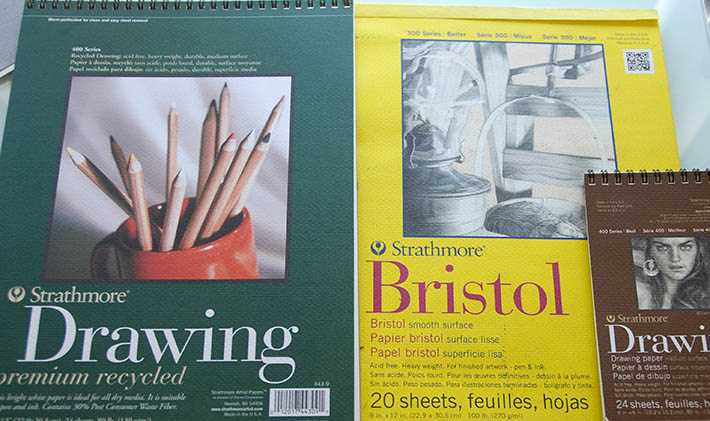
Environmental Considerations
Choosing the right drawing paper involves many factors. One key aspect is environmental considerations. Artists today are more eco-conscious. They seek sustainable and environmentally friendly options. This need is shaping the paper industry. Let’s explore how sustainable choices and recycled materials can impact your paper selection.
Sustainable Choices
Sustainable drawing paper comes from responsibly managed forests. These forests follow strict guidelines. They ensure minimal impact on the environment. The Forest Stewardship Council (FSC) certifies sustainable paper. Look for the FSC label. It guarantees the paper’s sustainability. Choosing such paper supports eco-friendly practices.
Recycled Materials
Recycled paper is another eco-friendly option. It uses post-consumer waste. This reduces the need for new raw materials. Buying recycled paper helps conserve resources. It also lowers landfill waste. Recycled paper quality has improved. It now rivals virgin paper in performance. Artists can use it confidently for sketching.
Budget-friendly Choices
Finding the right drawing paper that fits your budget can sometimes feel like hunting for hidden treasure. You want quality without breaking the bank. The good news is, you don’t have to spend a fortune to get decent sketching paper. Whether you’re an aspiring artist or someone who sketches for fun, there are budget-friendly choices that can meet your needs.
Affordable Brands
Some brands offer great quality paper at a reasonable price. Strathmore is a popular choice among artists for its affordability and durability. Their sketch pads are perfect for quick sketches and even more detailed work. On the other hand, Canson provides a versatile range that caters to different techniques, and their papers are often praised for being wallet-friendly.
When you’re shopping for sketch paper, consider generic store brands as well. These often offer surprising quality at a fraction of the cost. Have you ever tried a store brand and found it works just as well as the big names? It can be a pleasant surprise.
Quality Vs. Cost
Balancing quality and cost is crucial. You might think cheaper papers compromise on quality, but that’s not always the case. Some budget options deliver impressive results without the hefty price tag. Look for paper that has a bit of texture; it helps pencils grip the surface better.
However, it’s essential to know what you prioritize. If you sketch frequently, investing in slightly better paper can enhance your experience. Would you sacrifice a little quality for a better price, or is the feel and look of your sketches worth the extra expense?
Consider the weight and thickness of the paper, too. Heavier paper can handle more erasing and layering. If your sketches tend to be more intricate, spending a little more might be beneficial in the long run.
Ultimately, the best choice depends on your needs and preferences. Don’t shy away from trying different brands and types to find what suits you best. Remember, even professional artists started with budget-friendly options.
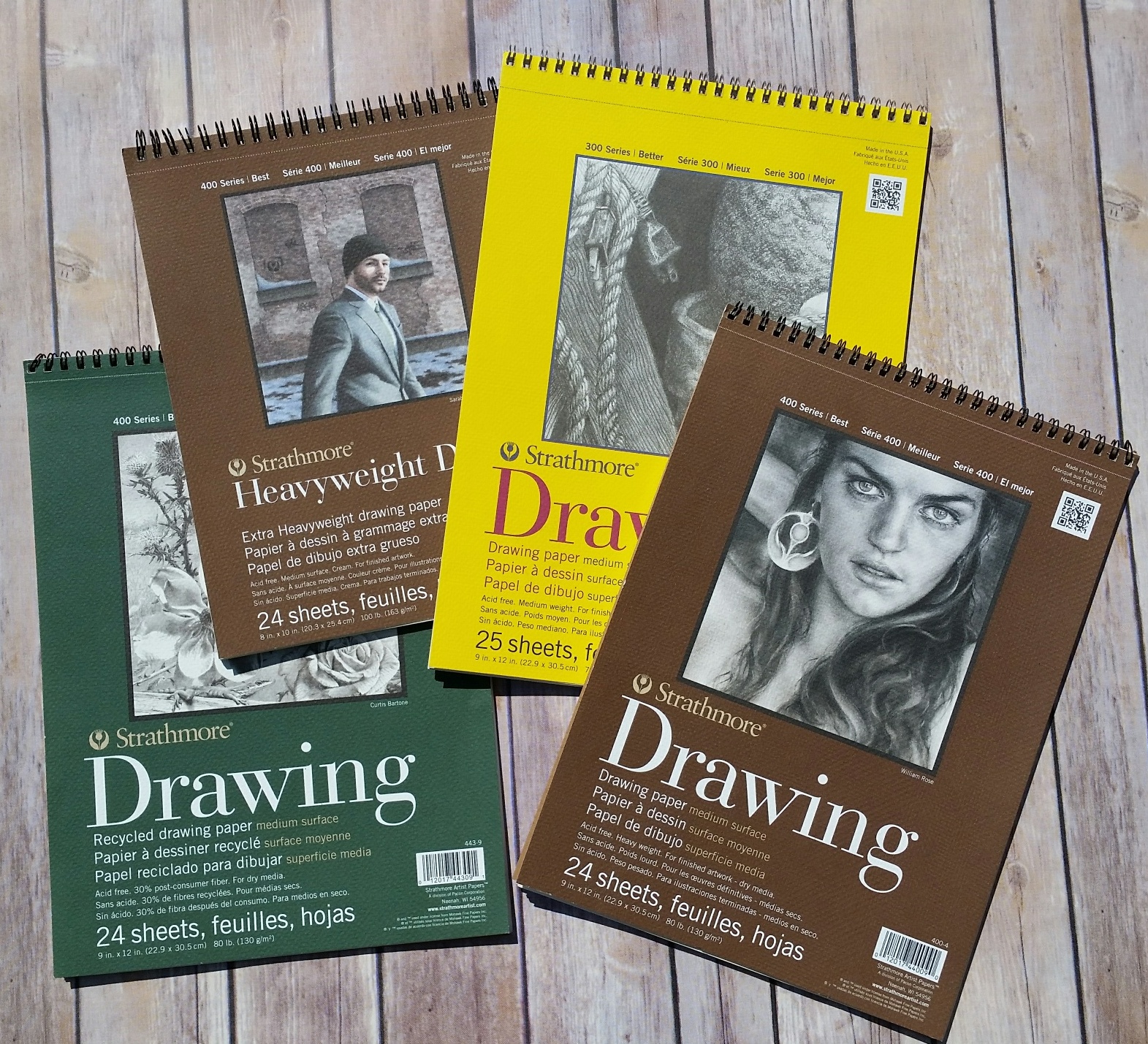
Professional Recommendations
Choosing the right drawing paper can enhance your sketching experience. Professionals often have favorite brands and types of paper. These are based on texture, durability, and compatibility with various mediums. Expert advice helps artists select the best paper for their needs. Let’s explore some top recommendations from seasoned artists.
Artist Endorsements
Many artists prefer paper with a smooth texture for fine lines. Others enjoy a rougher surface for shading and depth. Renowned artists often endorse brands they’ve trusted for years. Their insights can guide beginners towards quality choices. Listening to experienced voices offers invaluable tips.
Popular Brands
Several brands stand out in the sketching world. Strathmore is famous for its versatile options. Canson provides excellent texture choices for different techniques. Fabriano is known for its high-quality paper and rich history. These brands are widely trusted by professionals globally. They offer products that cater to both beginners and experts.
Frequently Asked Questions
What Is The Best Paper For Sketching?
The best paper for sketching is acid-free, smooth, and durable. Choose high-quality sketch pads or heavyweight drawing paper. These options prevent ink bleed and provide excellent texture for pencils and charcoal. Brands like Strathmore and Canson are popular among artists for their reliability and texture.
Which Paper Should Be Used For Sketching?
Use heavyweight paper like Bristol or sketch pads with a smooth or medium surface for sketching. These papers handle graphite and charcoal well. Choose acid-free paper for durability. Experiment with different textures to suit your style. Quality paper enhances your sketches and supports various techniques.
Is Hb Or 2b Pencil Better For Sketching?
For sketching, 2B pencils are generally preferred due to their softer lead, producing darker and smoother lines. HB pencils are better for precise, lighter sketches. Choose based on your desired style and technique. Experiment with both to find which suits your sketching needs best.
What Paper Do Most Artists Use?
Most artists prefer using acid-free, heavyweight paper like watercolor paper, bristol board, or sketch pads. These papers offer durability and texture. Watercolor paper is ideal for wet media, while bristol board suits detailed work. Sketch pads are versatile for various mediums.
Always choose paper based on your medium and technique.
Conclusion
Choosing the right drawing paper enhances your sketching experience. It brings out the best in your artwork. Consider texture and weight for detailed sketches. Experiment with different brands to find your favorite. Each paper type offers unique benefits. Some are better for pencils, others for ink.
Your choice affects shading and detail. Keep trying until you find what suits your style. Happy sketching!

